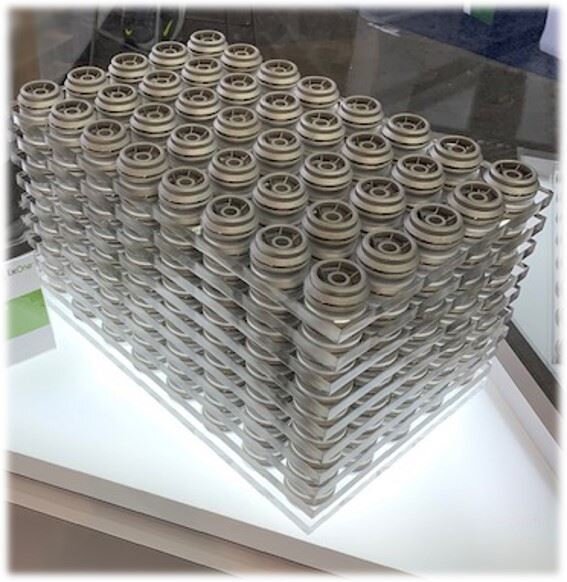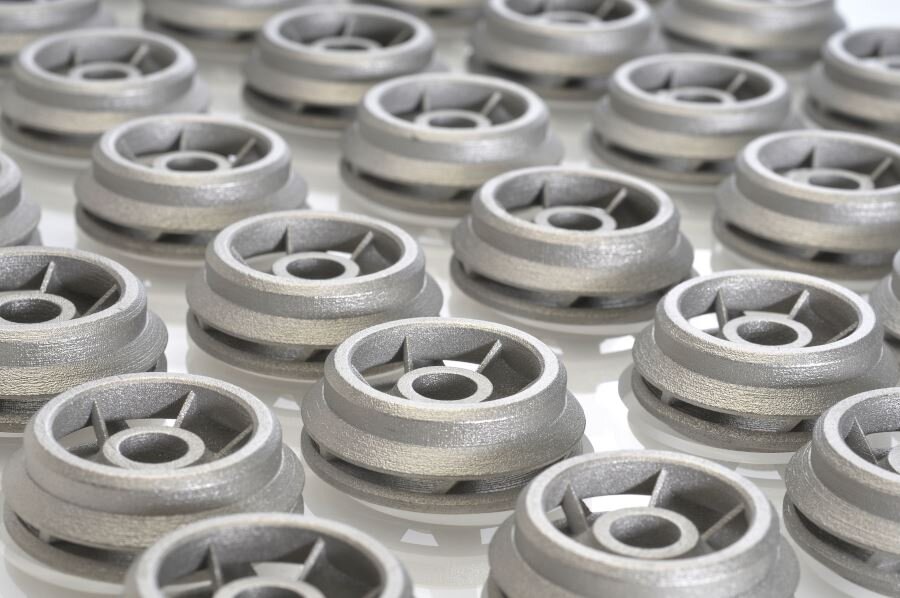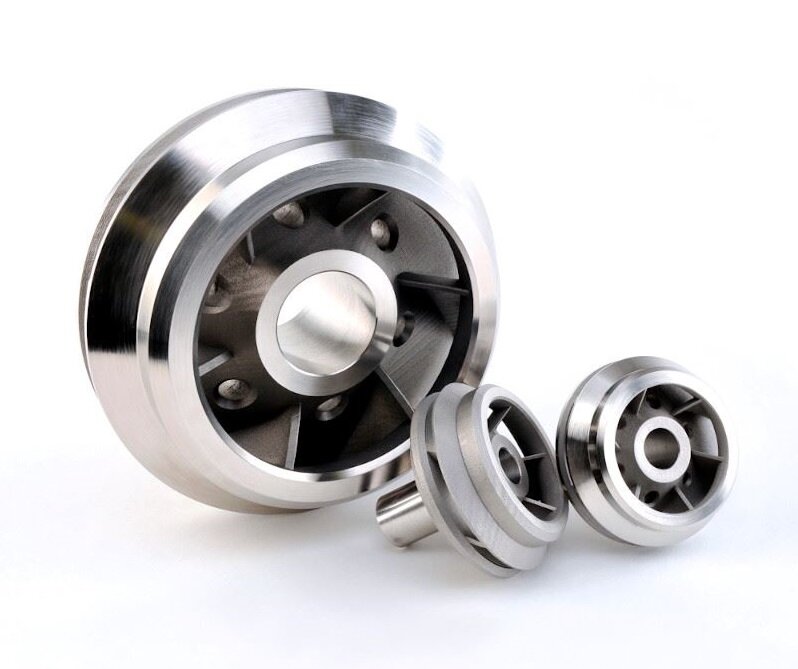![[Image: ExOne]](https://fabbaloo.com/wp-content/uploads/2020/05/exone1a_img_5eb0901855235.jpg) [Image: ExOne]
[Image: ExOne]
Charles Goulding and Steve Kelly of R&D Tax Savers interview ExOne CEO John Hartner for a discussion on industrial 3D printing.
In May, John Hartner was elected as the new CEO of ExOne, the global leader in industrial 3D printing systems using binder jet technology. We recently had the privilege to interview Hartner about where additive manufacturing and ExOne are going in the future, and how his experience in traditional 2D printing, automation, and semiconductors may shape ExOne’s business strategy.
Hartner outlined a future where ExOne remains focused on the core printing technology, including the binder jetting process and application development, while the company simultaneously leverages the expertise of partners in other areas. That would include building out ancillary processes and aspects of how binder jet 3D printing fits into broader production environments.
“I think there are multiple buttons to push to accelerate the adoption of 3D for production. The good news is we’re producing the best technology in 3D printing, which is binder jetting,” Hartner said. “This is the technology that our customers are saying they want — they’re super excited about it — they’re designing their roadmaps on it.”
![John Hartner, CEO of ExOne [Image: ExOne]](https://fabbaloo.com/wp-content/uploads/2020/05/exone2a_img_5eb09018be0c7.jpg)
A mechanical engineer by background, John has a diverse history in both public and private industry. Early in his career, he worked for Rockwell Automation for 10 years, providing him with substantial machine controls experience. Later at Dover Corporation, he was the first President of DEK Printing Machines before he rose to be President of the billion-dollar plus sales Printing and Identification segment. At Dover, John learned the value that customer places on capital equipment ownership, as well as the importance of ancillary products and services to support a machine sale. From 2015 to 2017, he also served as COO of EnvisionTEC, a healthcare 3D printing leader whose 3D printers are successfully used for production in niche markets.
Hartner said one of the greatest lessons from these experiences is that collaboration is critical because it’s difficult to be all things to all people when it comes to 3D printing hardware, software, materials, and process support tools. These areas are moving so fast that Hartner believes no supplier can singlehandedly provide the customer with the best complete solution. Incidentally, that concept is also embedded in the first word of ExOne’s new tagline: “Collaborate. Innovate. Accelerate.
![X1 25PRO [Image: ExOne]](https://fabbaloo.com/wp-content/uploads/2020/05/exone4a_img_5eb0901903059.jpg)
ExOne has chosen to focus on hardware development, refining the overall binder jetting process and application development.
“Making hardware is hard,” Hartner explained, “but my mechanical engineering DNA makes me proud to be with a company that builds things.”
On the materials side, ExOne has recently entered into a collaboration with Sandvik Additive Materials and a beta machine partnership with Kennametal Inc. ExOne also has an important R&D collaboration with Oak Ridge National Laboratory in Tennessee, a relationship that has resulted in licensing of a key material patent and work for commercial 3D printing production.
On June 25, ExOne also announced a partnership with Siemens, the leading global engineering-based industrial company. ExOne’s new S-MAX Pro printing system includes Siemens’ Digital Enterprise portfolio of software and automation technology. For example, ExOne has major focus on data transmission to the cloud, and with smart sensors on board its machines, massive amounts of data will be available for machine learning and analytics. The collaboration with Siemens can allow for the integration with production operations and allow for enhanced supply chain management.
![M-Flex Print Head Printing Metal [Image: ExOne]](https://fabbaloo.com/wp-content/uploads/2020/05/exone5a_img_5eb0901930149.jpg)
ExOne also has a number of partnerships in Greater Pittsburgh, where ExOne is headquartered, which gives the company a rich pool of engineering talent and innovation to accelerate the business.
Industrial 3D Production
Hartner believes all of these relationships will be key to enabling industrial production using binder jet 3D printing.
“We’re working with companies that are coming up with materials that are either specific to a certain vertical or a certain industry, or specific to maybe a cost position that’s happening,” Hartner explained. “Automation wise, it’s the same situation. We developed systems with Siemens for the S-MAX Pro. The world continues to change, and now some people may want robots to unload the machine and some people may want AGB’s [automatic gates and barriers], with automatic conveyors. So, we’re working with those automation partners like Siemens or Rockwell to be able to do what’s necessary for those different verticals, automotive versus, let’s say, heavy industry versus aerospace versus medical.
“We need to continue to drive better cost of ownership and reliability for production tools, which binder jetting allows us to do because of the parallel nature of the process. We think there’s a lot of road in front of us that way. And I think, we were proving that with the products we were releasing, we’re going from, one-liter machines, 25 liter machines to, even bigger machines, so there’s scalability in this technology, and both on the size as well as throughput. And again, I’m going to use those lessons we learned in the semiconductor equipment businesses, if we continue to drive towards, lower cost of ownership, higher reliability, higher throughput, the applications will just grow exponentially. And those applications are what’s going to be super exciting for the future.”


ExOne’s Unified Global Vision
Hartner has spent a substantial part of his career working in both Europe and Asia, six and ten years respectively. We asked him how this global exposure will help ExOne, which also has offices in Germany and Japan. John responded that ExOne is pursing global opportunities and collaborations:
“I was lucky enough in my career to have the opportunity to move and live around the world. ExOne is luckily a global company, with operations in all three regions with great people that are supporting the customers. With these technologies, some maybe more advanced and moving faster in certain areas than others. I think we’re lucky to be part of it from an ExOne standpoint with the talent we have.”
Via ExOne

